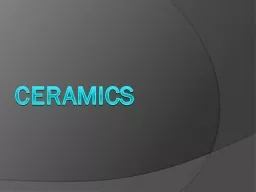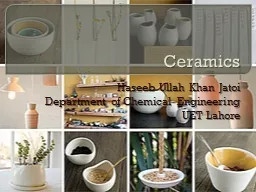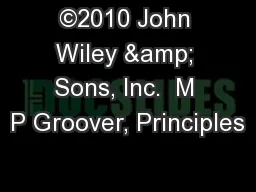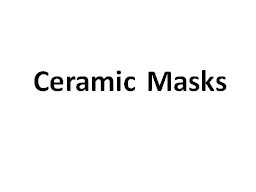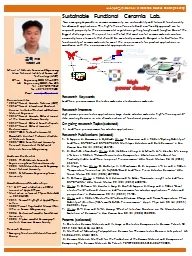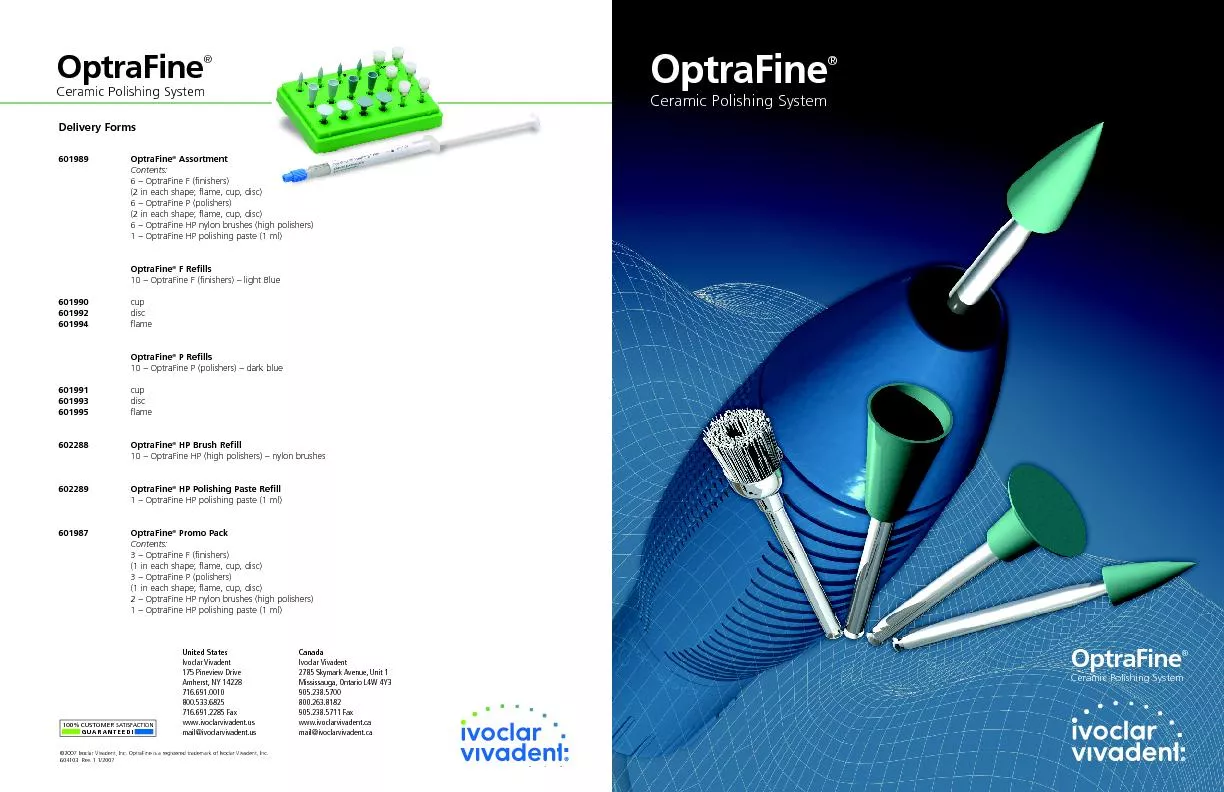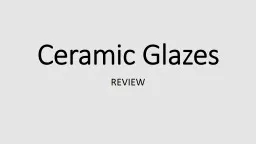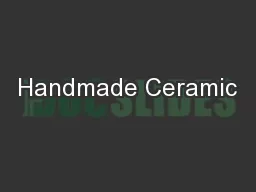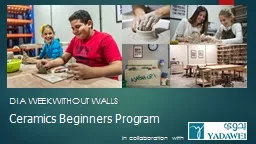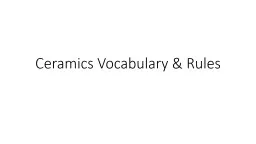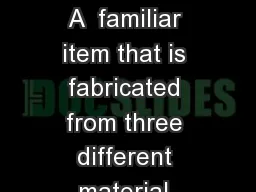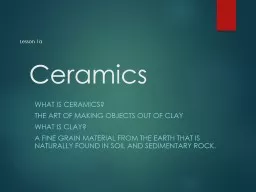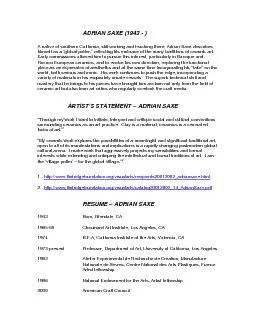PPT-CERAMICS Properties of Ceramic
Author : debby-jeon | Published Date : 2018-03-01
They are distiguished by its bonding which is ionic or covalent bonding High elastic modulus and hardness High melting point Low thermal expansion Good chemical
Presentation Embed Code
Download Presentation
Download Presentation The PPT/PDF document "CERAMICS Properties of Ceramic" is the property of its rightful owner. Permission is granted to download and print the materials on this website for personal, non-commercial use only, and to display it on your personal computer provided you do not modify the materials and that you retain all copyright notices contained in the materials. By downloading content from our website, you accept the terms of this agreement.
CERAMICS Properties of Ceramic: Transcript
Download Rules Of Document
"CERAMICS Properties of Ceramic"The content belongs to its owner. You may download and print it for personal use, without modification, and keep all copyright notices. By downloading, you agree to these terms.
Related Documents

